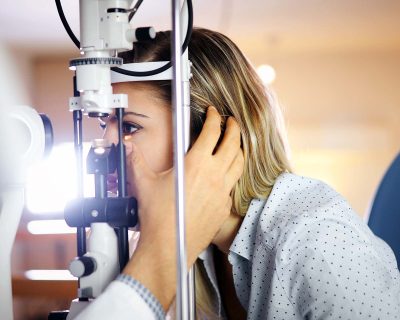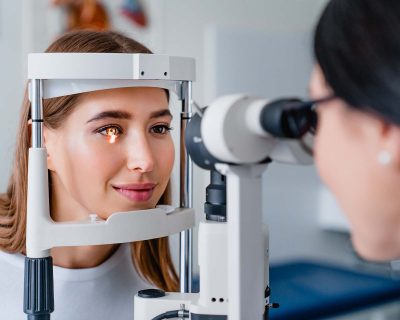
What are the first signs that glaucoma is developing?
Eye care is a very delicate part of being healthy and in great physical condition. However, because a lot of people don’t prioritize visits to their optometrist, they can’t detect eye issues early enough. One of the most common eye issues that is usually left untreated till it becomes very serious, is glaucoma.
Glaucoma is an optical condition that affects the optic nerve and it builds up over time. It creates a form of pressure, known as intraocular pressure, which damages the optic nerve and can result in long-term vision loss. Glaucoma occurs in different types and can be hereditary. Typically, treatment for glaucoma focuses on reducing the pressure on the eye and is best to start as soon as symptoms are noted. And that’s where the problem lies for most people. Given the current work environment and everyday lifestyle, constant exposure to screens mimic some symptoms of glaucoma and without the right information, it can be hard to detect the eye defect. But, it’s not impossible.
These are some of the first signs that glaucoma is developing;
Loss of peripheral vision
Hazy to complete loss of vision in the peripheral or side of the eyes is one of the earliest signs of glaucoma. The pressure on the optic nerve can make the eyes shrink focus and the side vision is affected.
Halos around lights
If lights don’t appear clear or appear with ‘rings’ around the light focus, it can be an early symptom of a type of glaucoma. Sharp pain in the eyes/head from bright lights may also feel worse than normal.
Eye Redness
Any level of eye redness that lasts longer than a few days can be a reason to rush to your optometrist. The blocked liquid in the optic nerve may make the pressure increase and that can lead to intense redness of the eyes.
Nausea
Nausea and vomiting as a result of glaucoma are quite common. If you have pains in your eyes and the back or front parts of your head and struggle to keep your head up and straight without feeling nauseous, you may have glaucoma.
Pain in the eye and head
If you have been dealing with pain in and around your eyes, as well as long-lasting and ‘heavy’ headaches, it could be as a result of growing glaucoma.
Make an appointment with your optometrist if you have any of these symptoms. Prevention for most types of glaucoma is not possible because of the multiple underlying factors. However, routine appointments with an optometrist can help you quickly detect glaucoma and get treatment to prevent total vision loss. Consult with our experienced optometrists at New Optical Palace to get the best assessment and treatments in eye care.




